At the end of 2024, Vietnam officially announced the goal of training 50,000 semiconductor engineers by 2030. This is an affirmation of a big dream: Vietnam does not want to just do processing, but wants to master the global semiconductor value chain.
Within just one year since the Government announced the target, Vietnam’s university systems have made significant moves. Leading names such as Hanoi University of Science and Technology, Ho Chi Minh City University of Technology (Vietnam National University) and Hanoi University of Technology (Vietnam National University) quickly announced plans to train human resources and develop the semiconductor industry.
At the Semiconductor Alliance announcement ceremony held in Hanoi, Deputy Director of Hanoi National University Pham Bao Son affirmed that developing the semiconductor industry is not only a strategic goal but also a key opportunity for Vietnam to master core technologies, enhance national competitiveness and affirm its position in the global value chain.
Opportunity to participate in global semiconductor human resource supply
At the workshop "Enhancing cooperation to promote training and research in the semiconductor field" within the framework of the Announcement Ceremony held on November 27, many experts commented that the shortage of human resources is a "bottleneck" of the global semiconductor industry, but also helps Vietnam participate more deeply in the supply chain.

Ms. Vu Kim Chi - Market Development Director of Mitsubishi Research Institute said that Japan will lack about 200,000 semiconductor workers by 2035. The demand has increased sharply in the context of Japan aiming to take 15% of the global semiconductor market share in the next 10 years to regain its former position.
According to her, the country’s human resources need to be spread across many positions, from production engineers in pre-production and post-production factories, factory operation technicians, to R&D engineers. They need engineers who understand the semiconductor production chain, have practical experience and the ability to communicate in Japanese. In addition, knowledge of data analysis, AI, and robotics is also highly valued.
From a business perspective, Mr. Wan Azmi Bin Wan Hussin - COO (Chief Operating Officer) of CT Semiconductor (a member of CT Group) said that the shortage of human resources is a common problem in both Asia and Europe. Asia alone lacks about 450,000 highly qualified semiconductor workers. Vietnam is no exception to this trend.
He said the semiconductor industry is growing faster than the supply of skilled, university-educated human resources. In addition, there is a gap between the theory of training and the needs of businesses.
According to him, new engineers can hardly meet practical requirements immediately and need at least 6 months to get used to the machines. During the process of building the factory in Vietnam, this company had to ask for support from Korean experts due to the lack of domestic human resources.
The COO of CT Semiconductor also shared that there are currently two countries in the world that are pursuing the semiconductor industry very strongly, which are Vietnam and India. These two countries will even create challenges for the more developed semiconductor industries in the world today such as Korea, Japan, China, the United States or Malaysia.
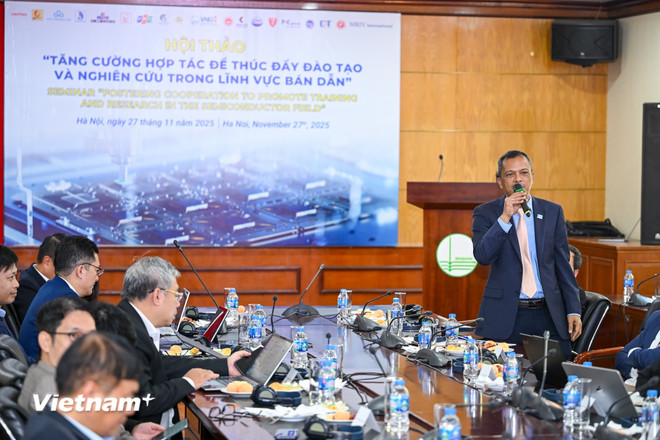
Finding the "solution" to the human resource problem in the semiconductor industry
According to Mr. Wan Azmi Bin Wan Hussin - COO of CT Semiconductor, along with the wave of domestic and international investment in Vietnam, especially domestic enterprises such as CT Semiconductor,FPT , Viettel, as well as global enterprises such as Intel, HANA Micron, Amkor, ... Vietnam has a great ambition to become a semiconductor center.
"But investment alone is not enough. Even with a lot of investment capital, we still need high-quality human resources to operate the semiconductor industry. Only when both factors go together can the semiconductor industry succeed."
He also shared that the current semiconductor workforce in Vietnam is 15,000 experts and engineers, but Vietnam's goal is to need 50,000 by 2030. If you look at that number, there are only 8,000 people working in the packaging sector, while the demand is about 35,000. Thus, we lack 27,000 engineers in the next 5 years. "Therefore, we are cooperating with universities to train and provide the human resources that the industry needs," shared the COO of CT Semiconductor.
Ms. Vu Kim Chi - Market Development Director of Mitsubishi Research Institute also emphasized: "This is the time for Vietnam to think about both training for domestic needs and supplying human resources abroad. Mitsubishi Research Institute proposes a three-way cooperation model between universities, businesses and training intermediary companies (staff agencies) to shorten the gap between training and recruitment needs."
Mr. Kenneth Tse - General Director of Intel Products Vietnam, believes that to solve the human resource problem, the coordination between the state, schools and businesses is the key factor. According to him, working directly on the production line is the best way to learn and this will bring practical knowledge. He also proposed to build a cooperation mechanism that is mutually beneficial to promote the development of the industry.
Although Vietnam has potential, experts agree that the biggest challenge is the speed of preparation. Human resource demand is increasing faster than training capacity, while businesses need engineers who can work on the assembly line. Expanding international cooperation, bringing students into the production environment early and standardizing training programs are considered urgent steps.
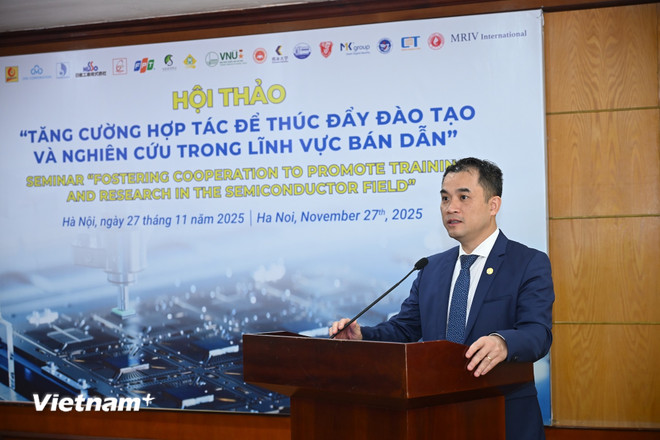
Mr. Pham Bao Son - Vice President of Hanoi National University affirmed that Hanoi National University has prepared everything from investing in research infrastructure, designing specialized training programs to implementing key topics with the goal of providing specific products to serve businesses and society. In particular, Hanoi National University is implementing many research topics and building a national microchip design, manufacturing, and testing center, a shared laboratory in Hoa Lac.
Hanoi National University also aims to train 10,000 experts in the semiconductor field from now until 2030, accompanying the national orientation to develop this industry./.
Source: https://www.vietnamplus.vn/viet-nam-truoc-co-hoi-vang-de-giai-con-khat-nhan-luc-ban-dan-the-gioi-post1079899.vnp








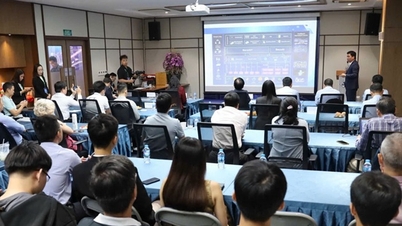

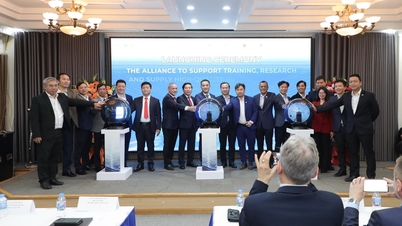






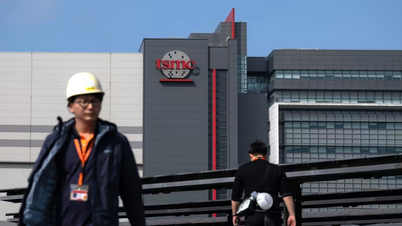



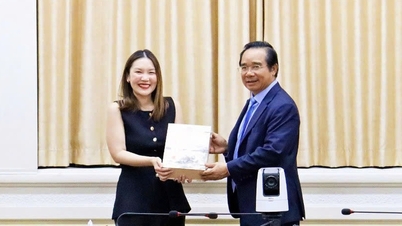




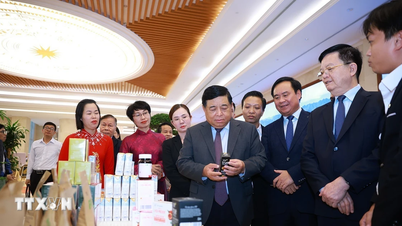





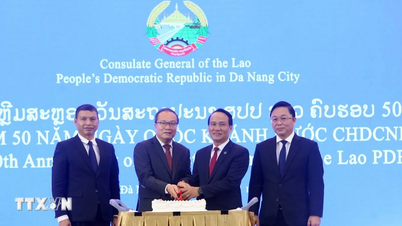
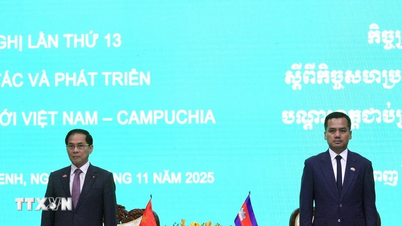






































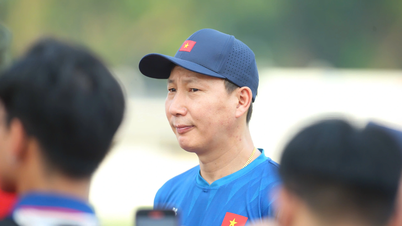








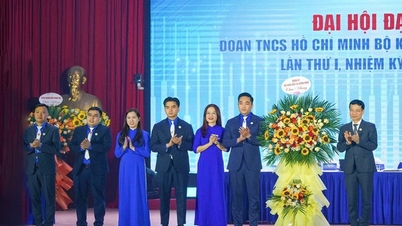




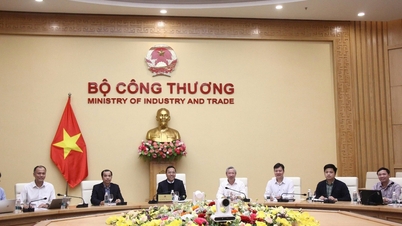






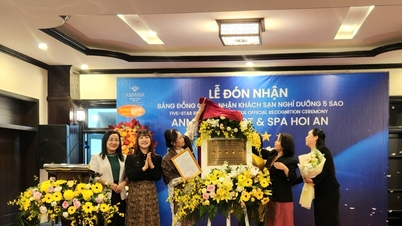

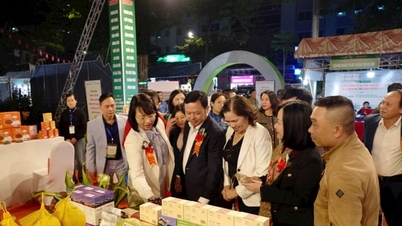














Comment (0)